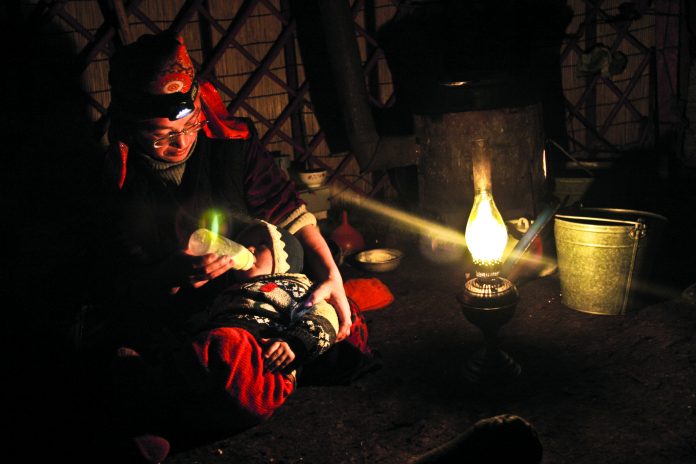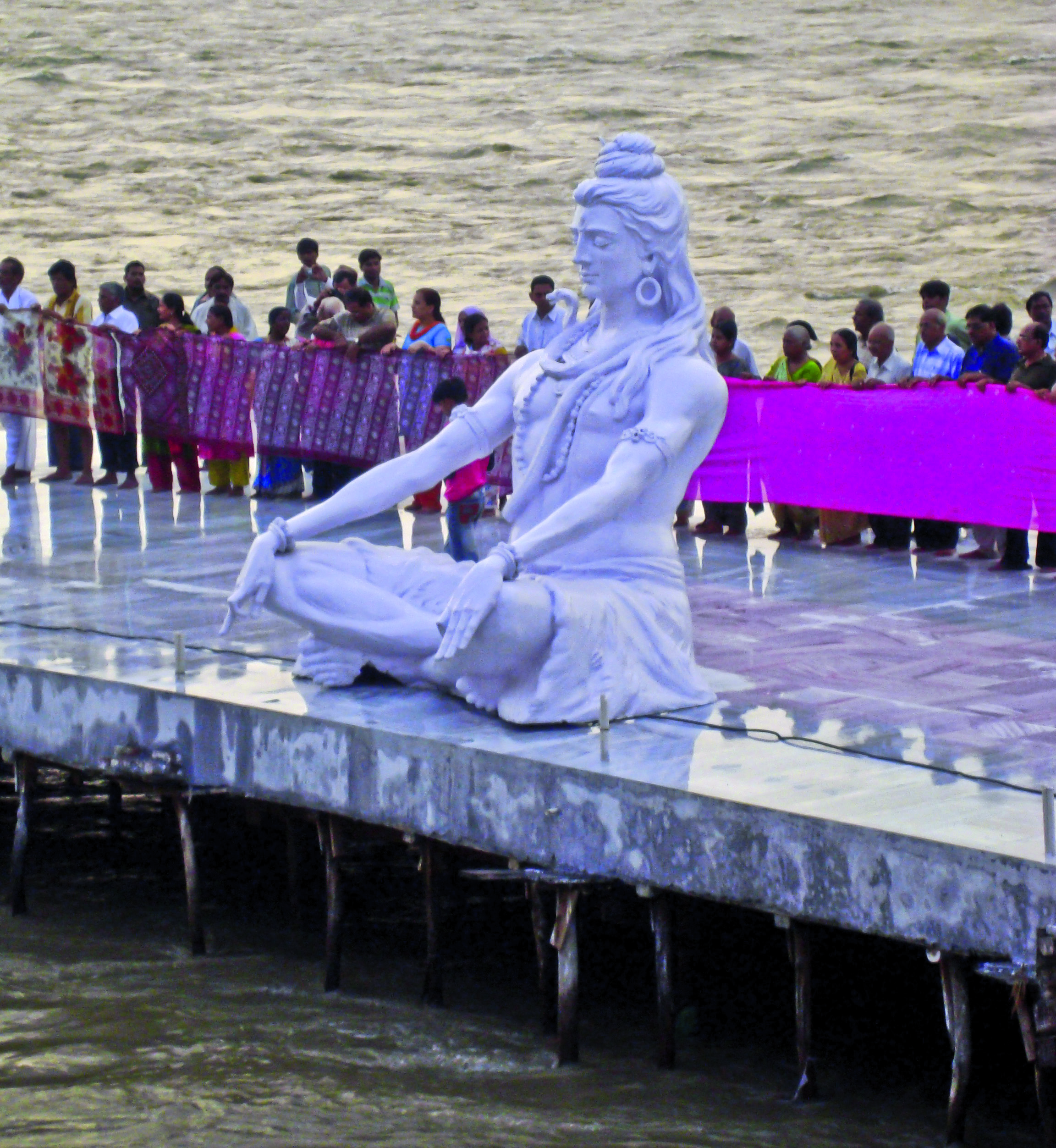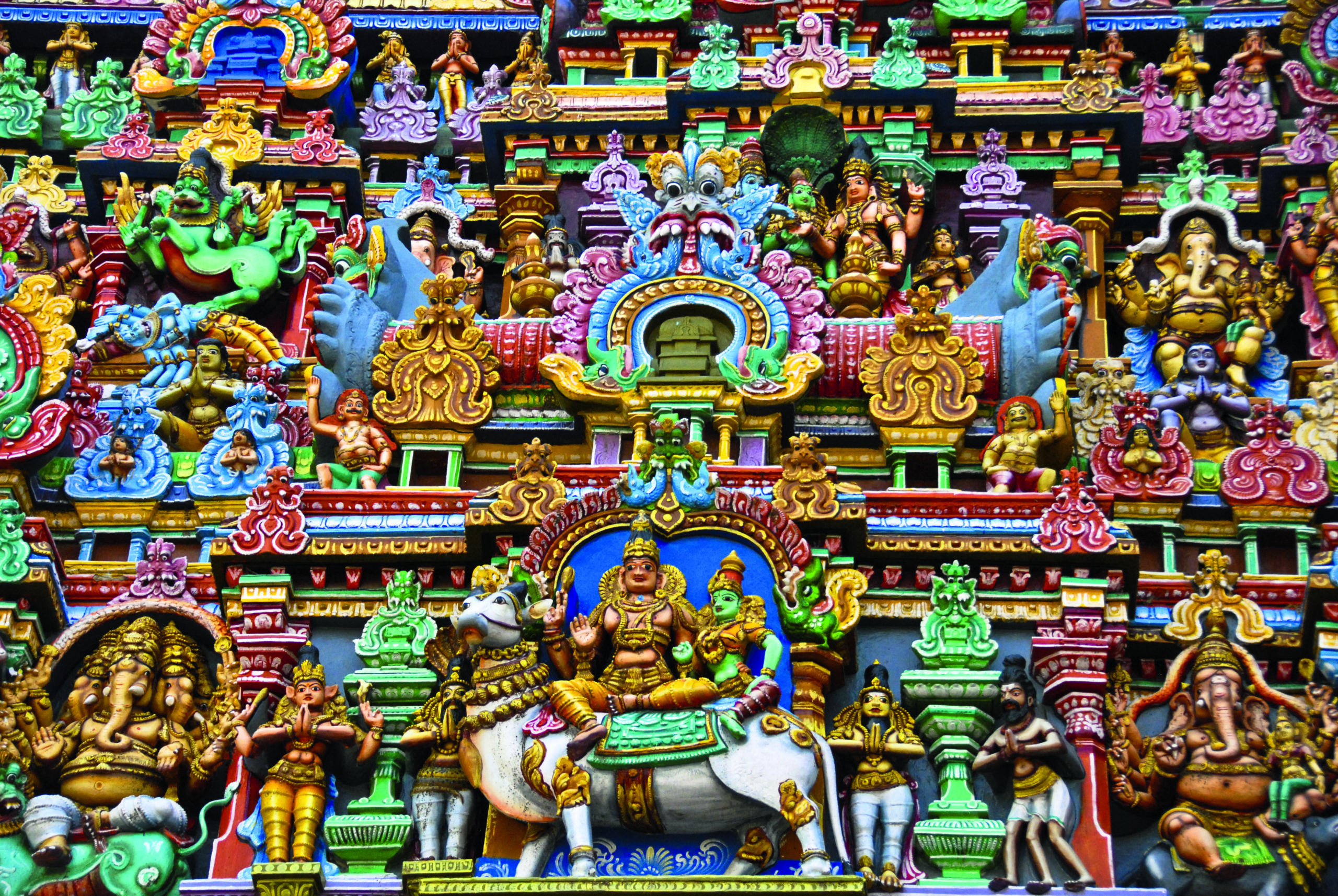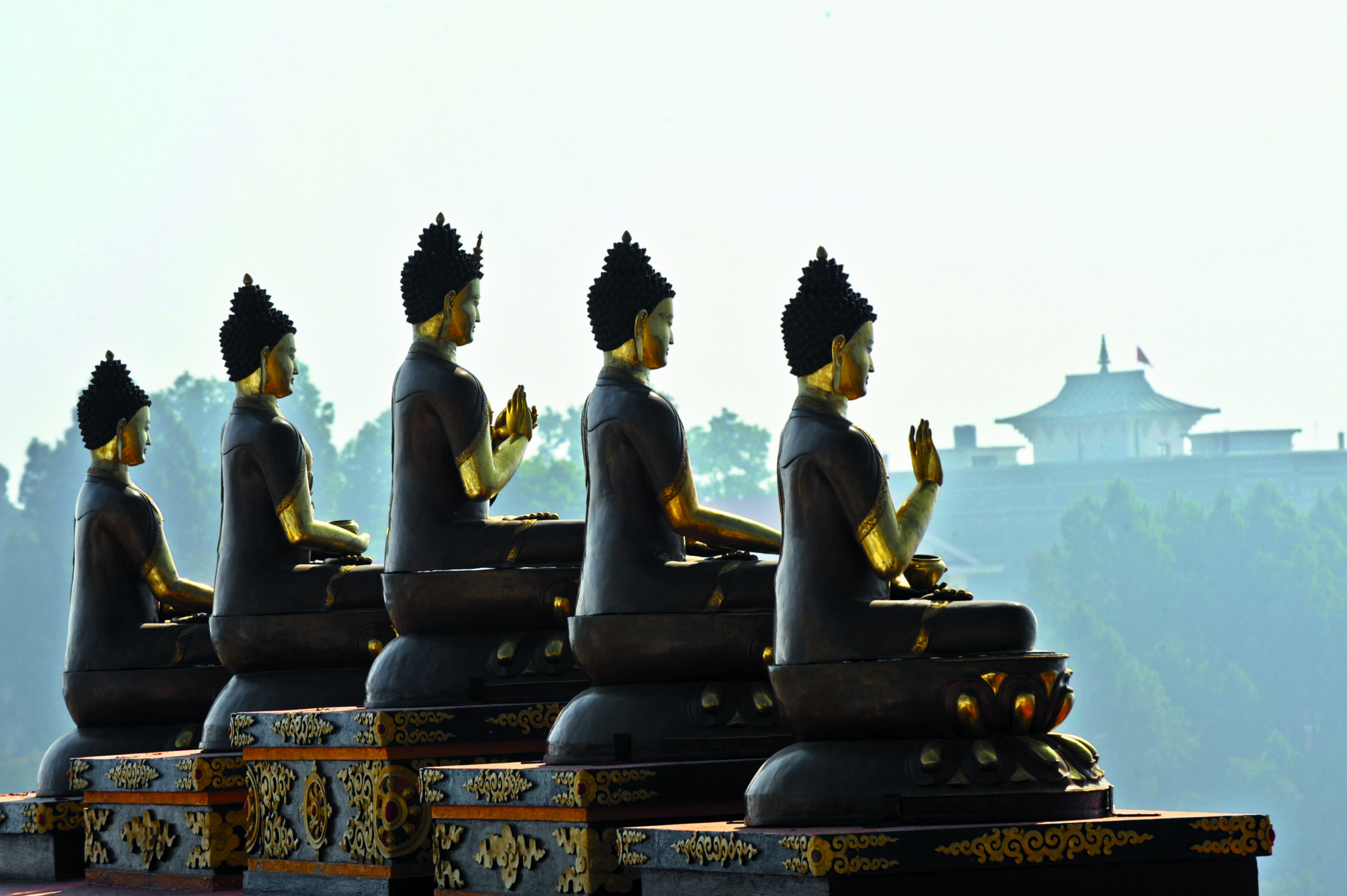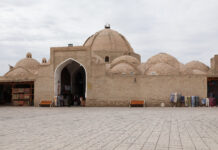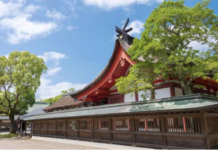Text & Photos by Sophie Ibbotson and Max Lovell-Hoare
Before there was writing, there were stories, and those stories passed by word of mouth. Travellers tales, moral fables, the exploits of the gods and of man: each storyteller added his own details, skipping those he had forgotten or decided not to use, and so the stories morphed in different ways each time they were told.
The written word came quite late in the development of human culture, and even then it was not always widely used: many communities preserved strong oral traditions well into the 20th century. Although written texts had the advantage of codifying specific ideas, limiting their adulteration (or perhaps adaptability) over time, and enabling clear instructions to be sent far afield, they lacked the communal atmosphere created by narration before a group. What is more, the oral epics, proverbs and folksongs that survived (even when ultimately recorded in written form) often provided insight into ideas that predated written records, could be easily adapted according to circumstance, and whose method of transmission reflected the people and cultures that created them. More than almost any other medium, they enable us to catch a glimpse of what our historic forebears might have thought and done. All across Asia, the most important oral traditions – be they epic stories, poems or songs – often refer to the origins of the world or the particular group of people narrating or singing their tales.
The Rgveda, the ancient Sanskrit collection of hymns, is one of the world’s oldest religious texts and still recited by Hindus today. The surviving forms of the Rgveda are based on a collection of texts that may date back as far as the 18th century BC. Despite its importance, the Rgveda was not written down until the fourth to sixth centuries AD: it survived some 2,100 years solely in its spoken forms. The poetical words describing the beginning of the world, the exploits of the gods, and prayers for life and prosperity are arranged in such a way that the meter, stresses and structured enunciation of each clause aid memorisation of the text. The composition of the Rgveda adheres strictly to both grammatical and structural traditions of Sanskrit literature, enabling fluid and accurate recitation by those who have studied it.
The Indian subcontinent has also given birth to a wealth of legends surrounding the Buddha and his teaching. Although historians calculate the Buddha to have been born around 480 BC, it was not until the second century AD that the earliest full biography of his life, the Buddhacarita, was produced. In the meantime, although snippets were recorded in writing, the vast majority of information about the life of the Buddha – and in particular about his miracles and omens – were communicated orally.
The content of these early oral transmissions are fascinating for a number of reasons. Firstly, the fact that they focus on the incredible, on the supernatural rather than the everyday, shows that then, like now, a story had to capture people’s interest if it was to be remembered and passed on. Regaling people with the Buddha’s miracles – particularly those that suspended belief – was the historical equivalent of a tabloid headline: it grabbed attention and made them listen on.
For the rest of this article (Asian Geographic No.86 Issue 1/2012 ) and other stories, check out our past issues here or download a digital copy here


